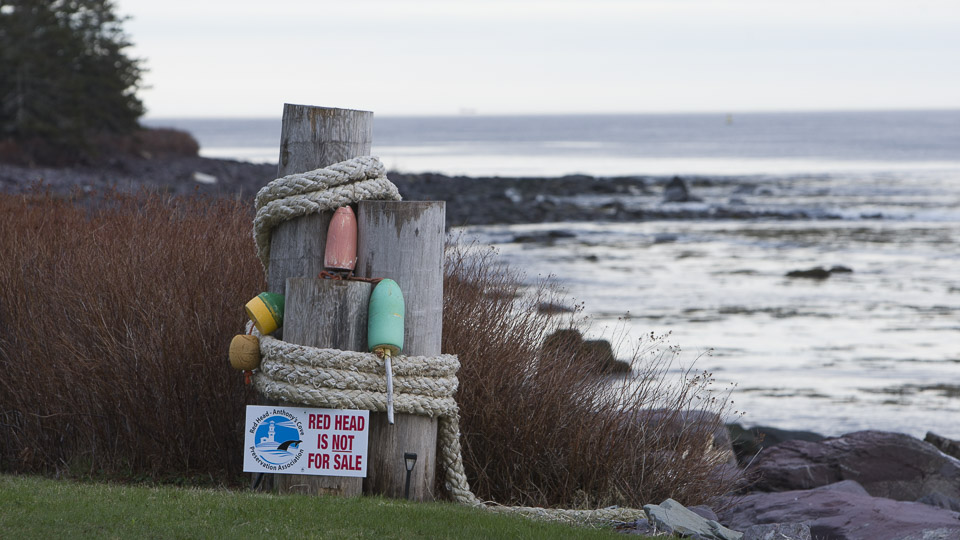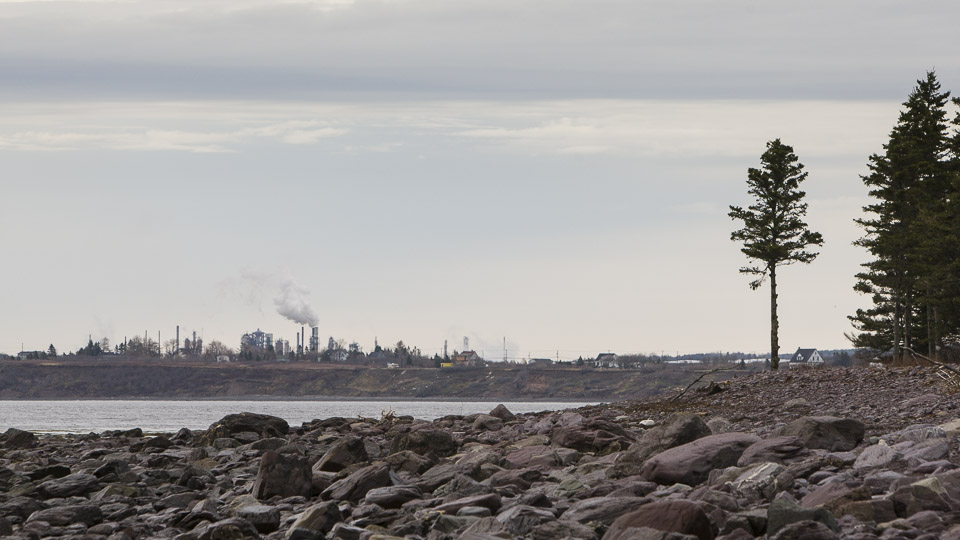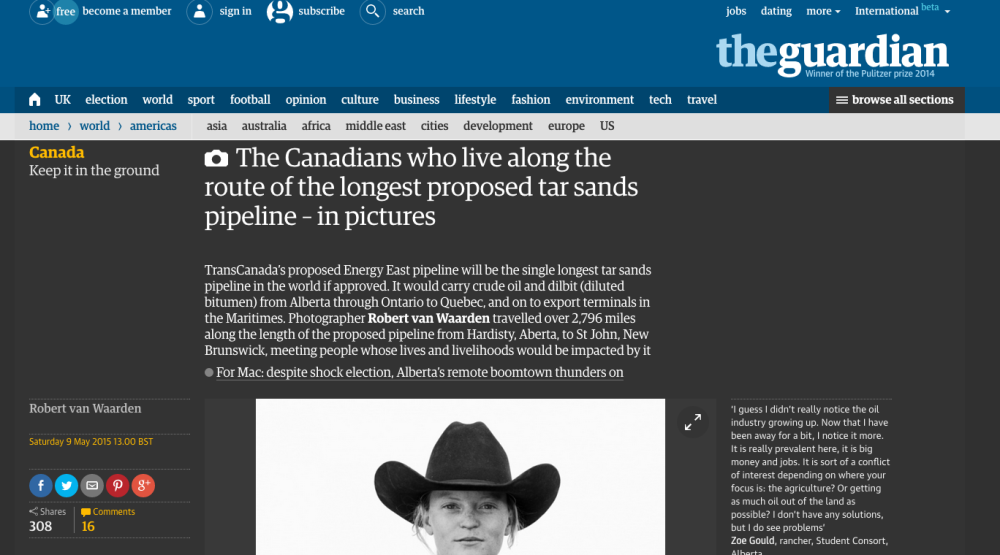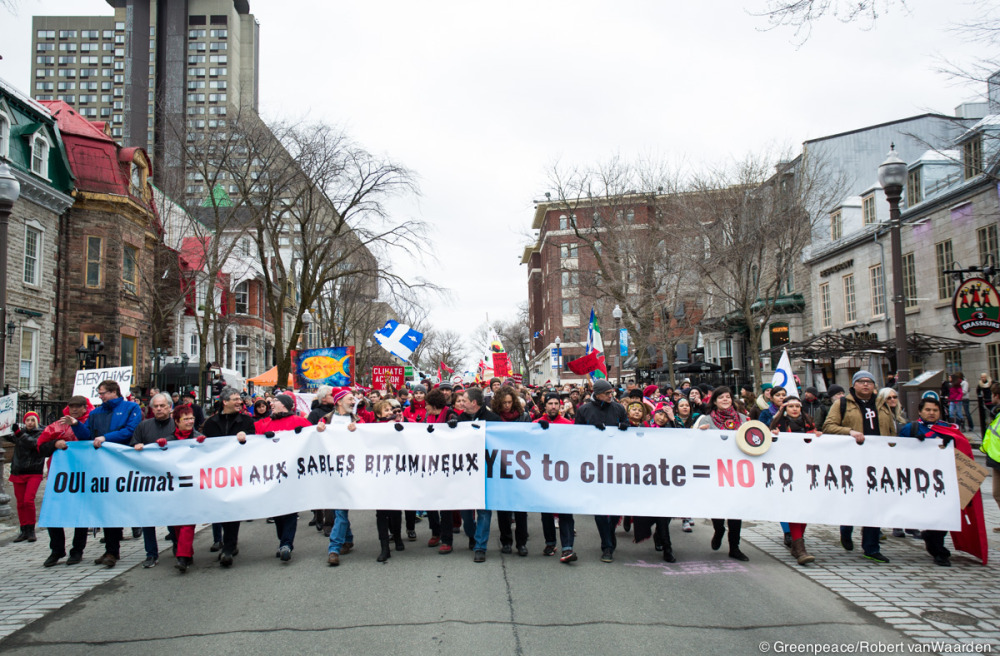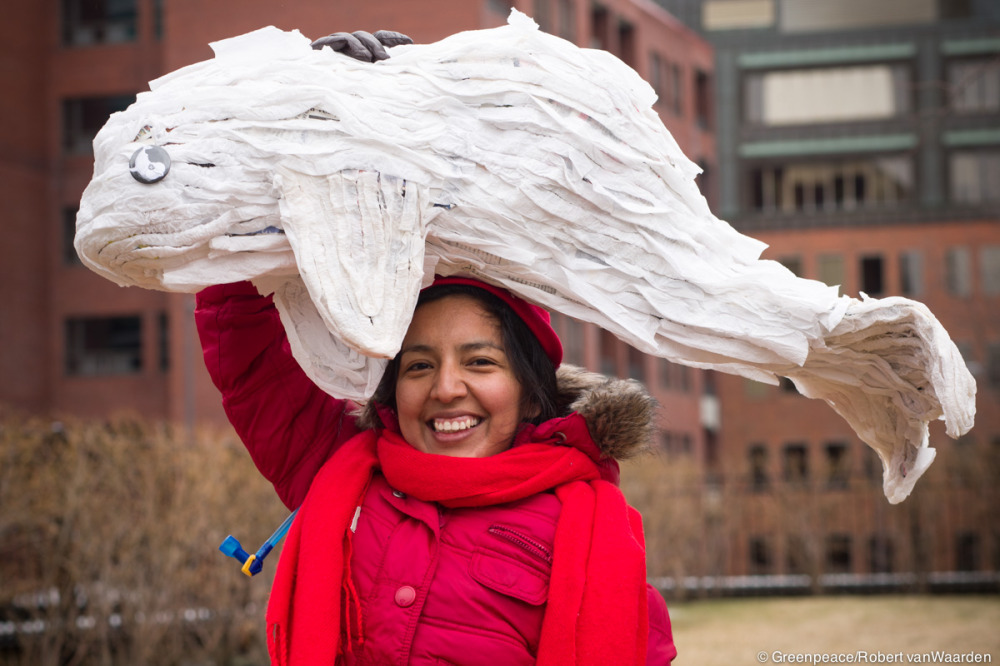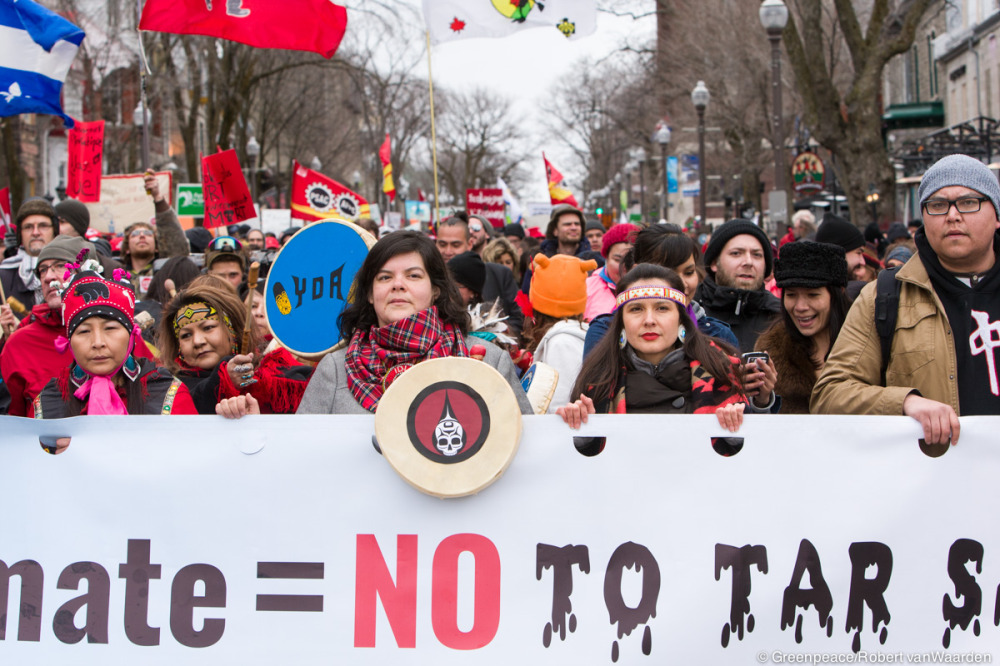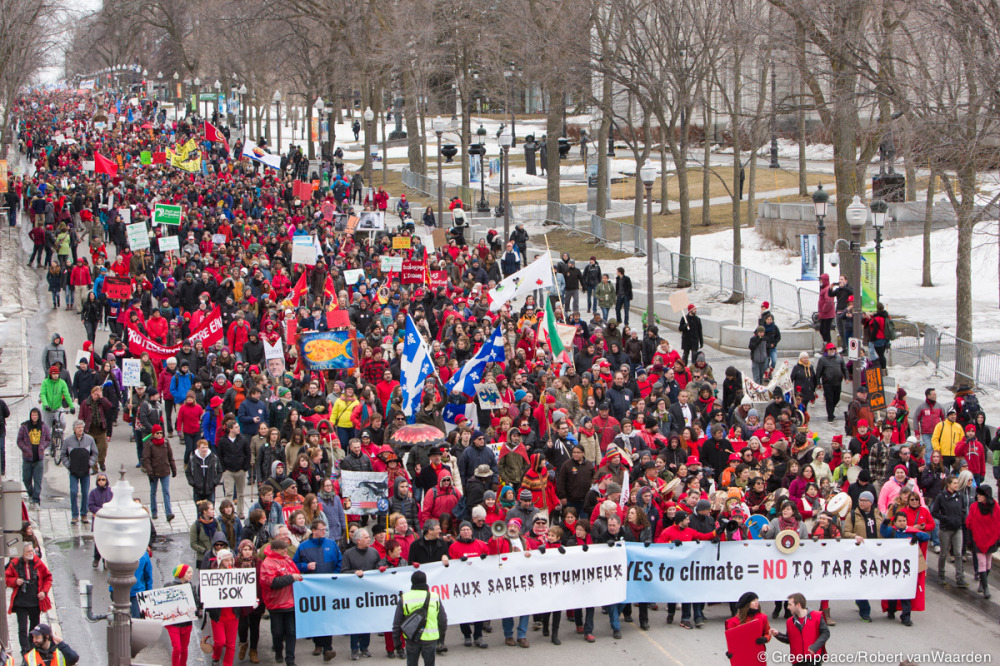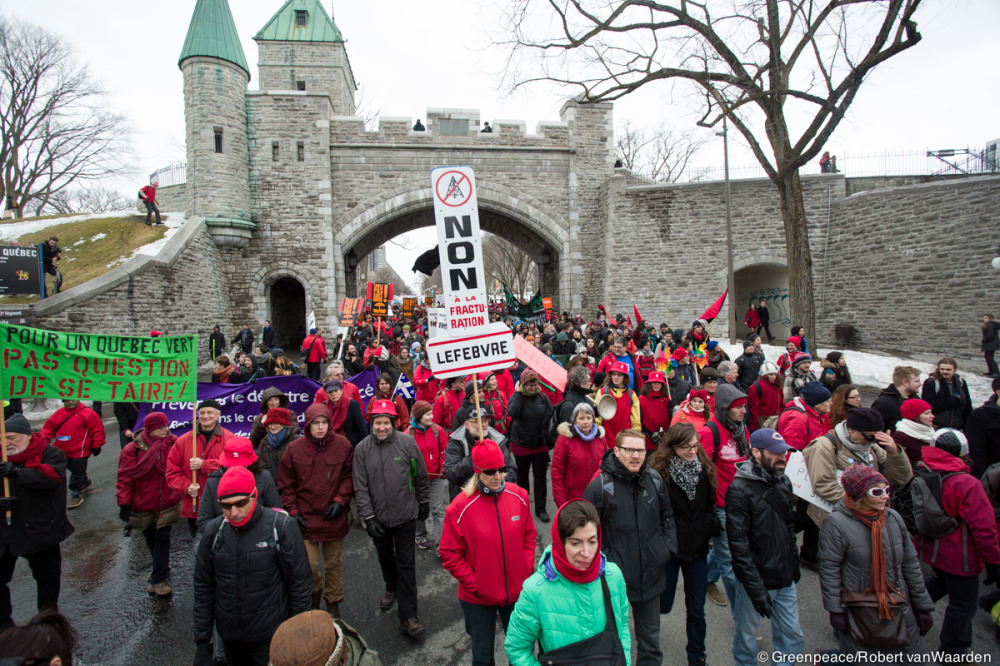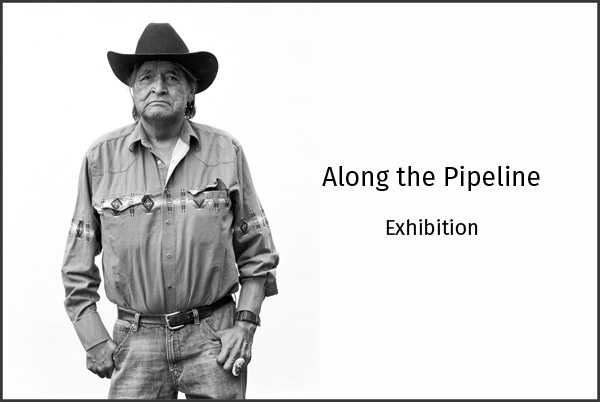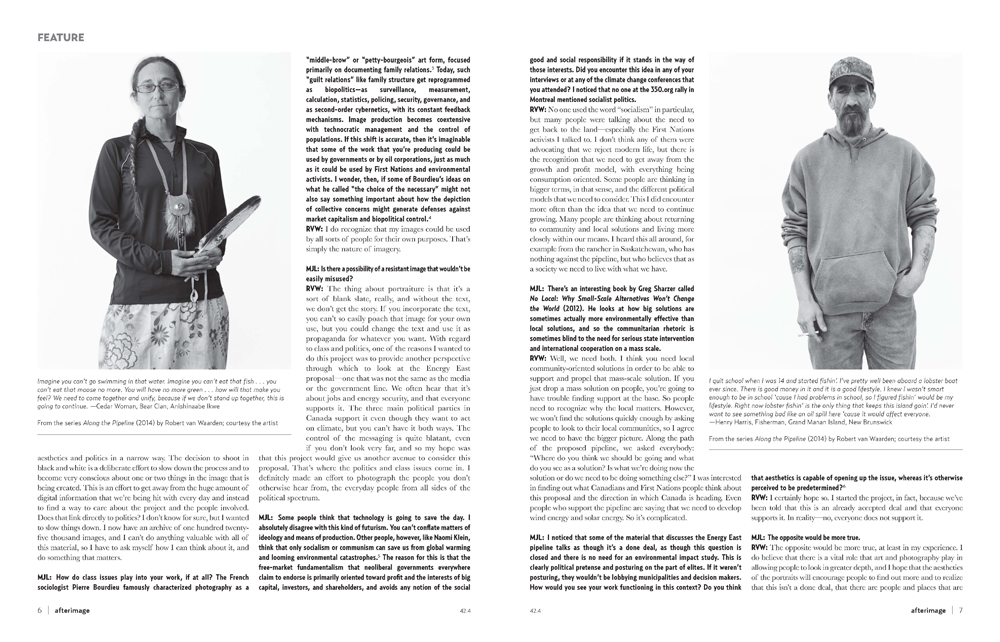This interview originally appeared on Climate Visuals as part of my consulting work.
On the eve of the United Nations 23rd climate change conference (UNFCCC) in Bonn, Germany, Climate Visuals spoke with German photographer Barbara Dombrowski. Ms. Dombrowski will be hosting an exhibition of her photography project Tropic Ice at the Künstlerforum during the conference. Tropic Ice combines portraits from the Amazon and Greenland’s indigenous peoples to “connect the two extreme climate zones” and to raise awareness about the people affected by climate change and our connections to them.

Barbara Dombrowski – greenlandic Lady with seal coat and young Shuar with parrot
The following excerpts from our conversation have been edited for clarity, language and length.
CV: What inspired you to take a different approach to climate change visual communication as demonstrated in Tropic Ice?
BD: One important thing is that I am always interested in people, this is the point where I always start. It was clear that I was making this story about climate change and people. I thought for years about how I should photograph it. For me it was clear that I didn’t want to show catastrophe. I know that it is too much for people when every day the news is filled with all these catastrophes. You are touched, but you are not that touched because it is too far from your own reality. I thought, I have to tell this story in a different way, I have to show people and their life situation. With that, hopefully I can build empathy for these people. The only thing that will bring us to action is empathy, thinking about life situations, their life situation, your life situation, or that of your children.

Barbara Dombrowski – Achuar José under the holy tree and Anda the drumdamcer from Kulusuk
CV: Was it difficult to get Tropic Ice funded and accepted by photo editors?
BD: It was really a long stony walk. This is a personal project and I started with this idea. I’m a professional photographer and when I had made enough money I began this project. The biggest sponsor in this project is me. I had magazines that printed little side stories to help with the financing of this project. A printing company donated the canvasses so the installation component was a success. I crowdfunded. It was a mixture of many things. But, it is a stony road. I spoke to many companies and there was no big company that said ‘OK, this is a very important issue, we will help you.’

Barbara Dombrowski – Tomasine from Tinetiqilaaq and Entsaqa the Achuar Medicineman
CV: Do you feel that your project is accessible to a wide audience or to a subsection of society that is already convinced on climate change?
BD: I think I can touch a wider audience. What I really want to do is touch people and get them to act for themselves. They have to think about their own reality and do what they think is necessary. At my exhibitions, people from very different life situations have said ‘I understood the moment I saw the pictures’. Many people have told me it is a great project and I think that they are reacting to the portraits of the people.

Barbara Dombrowski –
the Achuar under the holy ceibo and the hunter in the kajak with iceberg
as installation on iceberg
![]()
CV: In general, the iconography of climate change is pretty limited. In your opinion, what is the greatest barrier to improving this visual representation? In other words, why are people still using polar bears to illustrate climate change when the topic touches so many lives?
BD: I think it is just easy. When they think about climate change you have this icon of a polar bear and it is just easy. What I experience in my professional life is that there is always a lack of communication between the photographer and commissioner. There are so many people involved before it gets to the photographer that everything is already decided. If they would have spoken with me before, then we could have brainstormed and created better imagery.
Commissioners are not taking this step, they are not going out and involving the professional photographers. And they often just use something they find on the net and this is the worst part of it. There are so many professionals out there and they have so much creativity and no one really asks for it. It can’t just be a situation of, ‘I have this brochure, oh shit, I need a picture which shows climate change. Hmm, I don’t have any money, let’s use a polar bear.’
Interview by Robert van Waarden
Images by Barbara Dombrowski
Cover image – 6 Representives of the Achuar and the Greenlanders on an iceberg in Greenland

